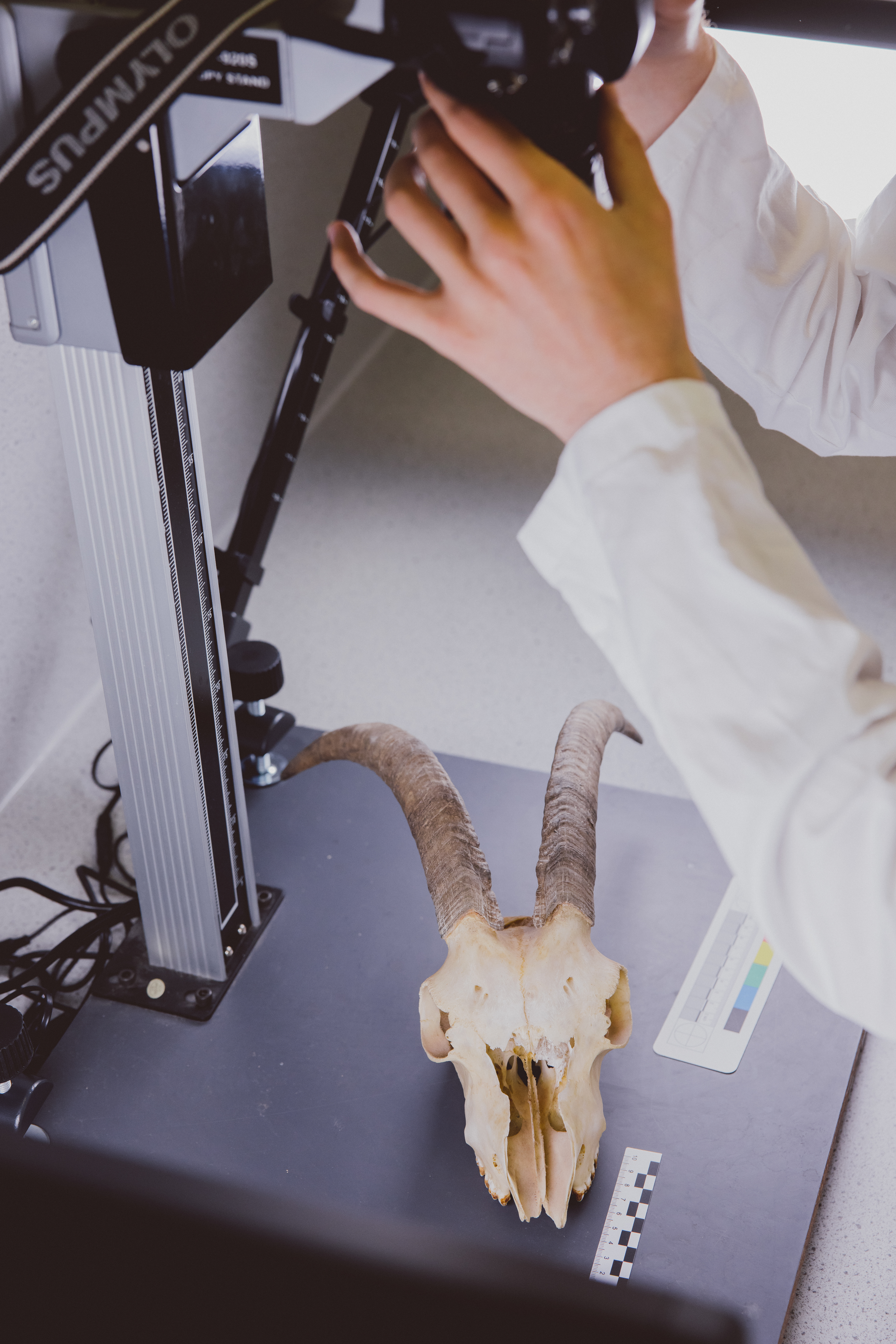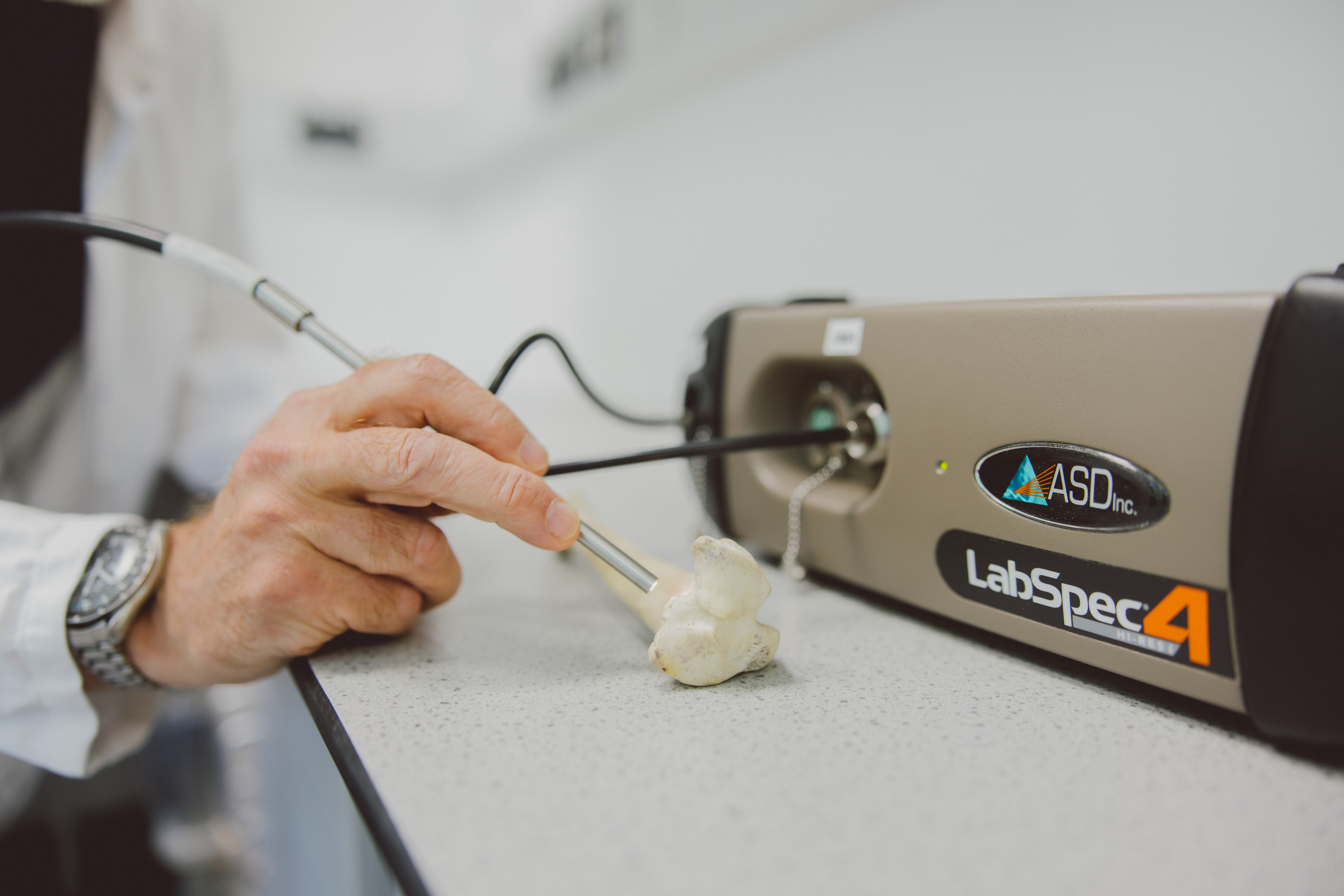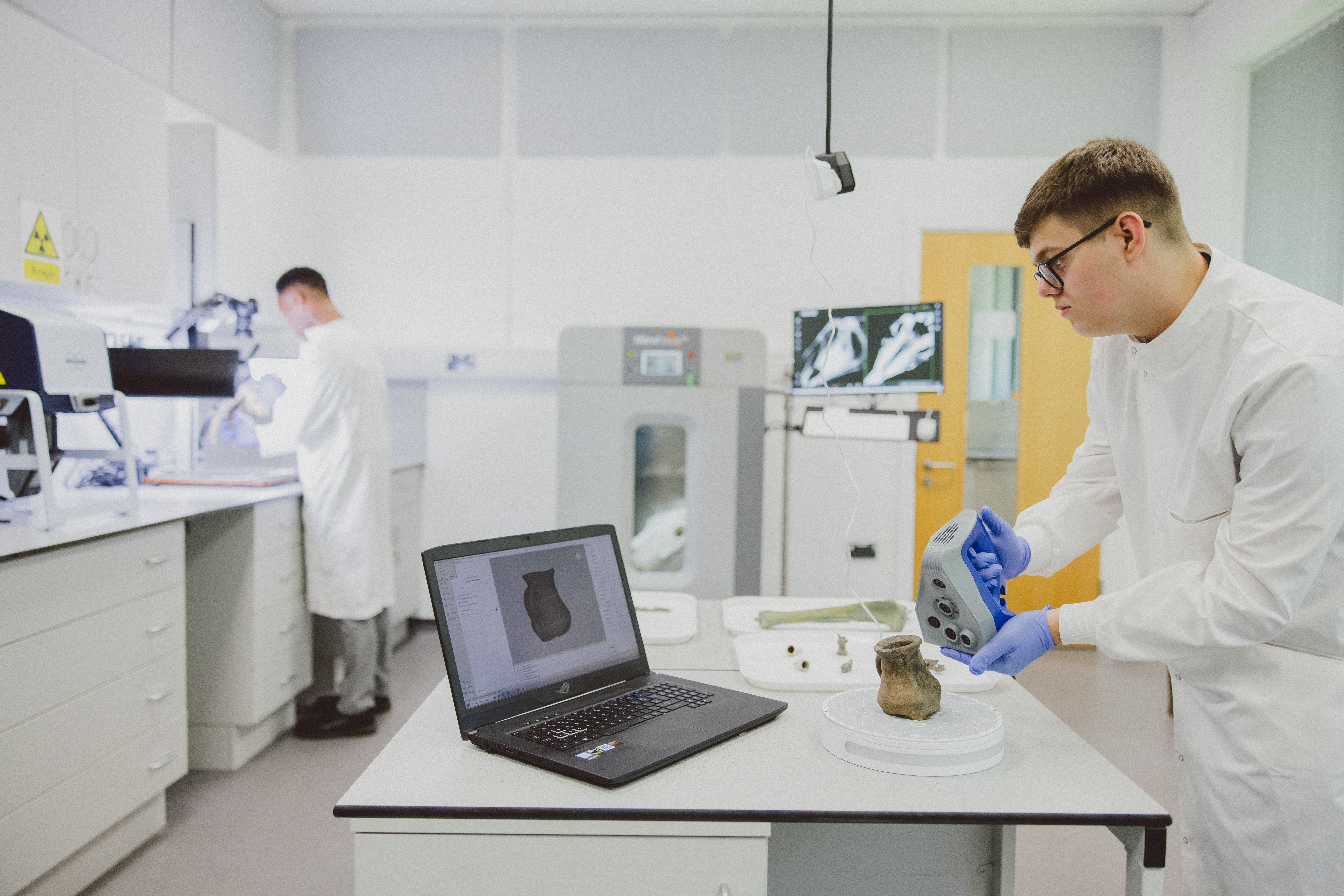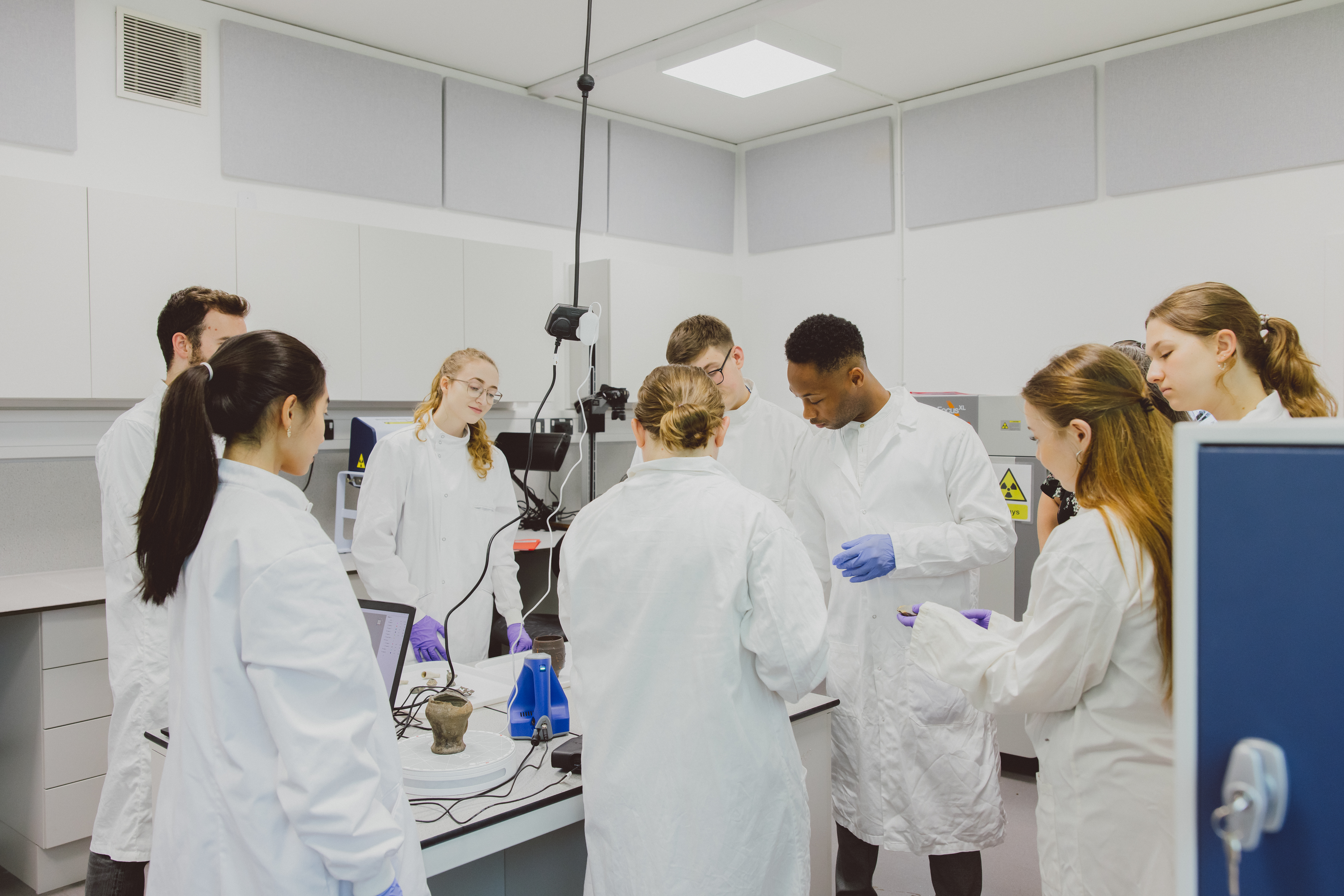New archaeology laboratories at the University of Nottingham will play a vital role in supporting UK research breakthroughs in climate change and pollution, as well as the study of ancient materials.
Nottingham will be one of just two centres in the UK - and the first in the Midlands - to have some of the advanced analysis equipment.
The equipment will be used by teams who are currently studying ice-core-related climate-change in Georgia, to see which past pollutants are still present, along with the source of pollution and the effects over time. A new wide bore corer will allow researchers to take deep, highly accurate soil and sediment samples, while a portable X-ray machine (Bruker Tracer 5 portable XRF analyser) will allow researchers to examine artefacts and sediment samples in minute detail. The equipment will also be used on artefacts. Researchers will be able to look at the chemical make-up of ceramic and glass, to discover how and where people were making items in the past.
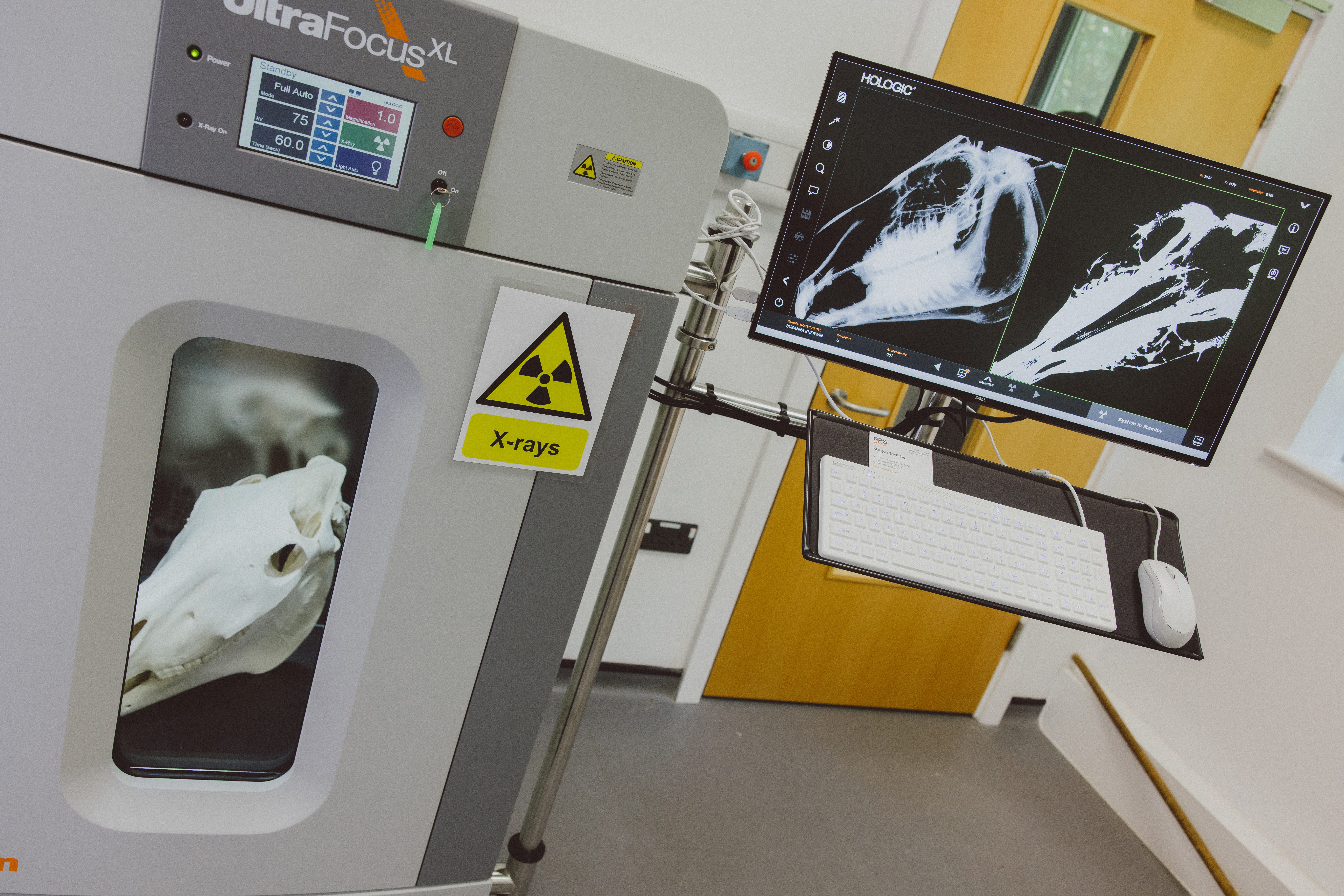
Nottingham's Archaeology department will become only the second centre in the UK to have a spectrometer (LabSpec 4 Vis-NIR) dedicated to the analysis of preservation in archaeological bones. This is a vital tool because bones must contain preserved proteins for radiocarbon dating, isotope analysis, protein analysis and ancient DNA research. Bones that don't hold proteins can be damaged unnecessarily when they are examined, so the new machine will help researchers to sample the right bones. A new Faxitron X-ray machine will also be introduced to image bones and artefacts, including corroded metal items. This will help researchers to get an idea of the true shape underneath the corrosion and see whether items like urns still contain cremated remains or whether bones have been affected by disease or injury.
We're really excited about this transformative investment that will fundamentally change the way we work in our labs, in the field, and with our cultural partners. The new dedicated facilities and equipment represent a step-change in the scale of what is possible for our research into historic climate change, historic pollution, and the application of wider geoarchaeological and isotope analyses about people in the past.
Nearly £700,000 has been invested in the new labs, thanks to an award from the UK Research and Innovation (UKRI) funding agency.
This is a really significant step for the Department that provides new facilities, not only for us, but for the whole region. We're really excited to use this equipment in new research and to further our relationships with partners from across the archaeology and heritage sector.
The funding is part of a wider £103 million UKRI investment to expand and upgrade the UK's world class research infrastructure, including digital infrastructure. The investments will support the sector and ensure UK researchers have access to the best labs and equipment they need to keep producing world-class science. This includes £18.7 million to support the development of world-class research and development capabilities, improve the visibility and resilience of practice-led research sectors within the arts and humanities, and support the UK's creative and cultural economy.
UKRI International Champion, Professor Christopher Smith, said: "This crucial support for UK research infrastructure is part of the package of support provided by government so that our research and innovation communities can carry on with their essential work notwithstanding the delay to association with Horizon Europe.
"The investments, made across the UK, will provide UK researchers with advanced equipment, facilities and technology, and help maintain the UK's position as a leader in research and innovation. This support will ensure the UK is an attractive place for scientists, researchers and entrepreneurs to live, work and innovate."


